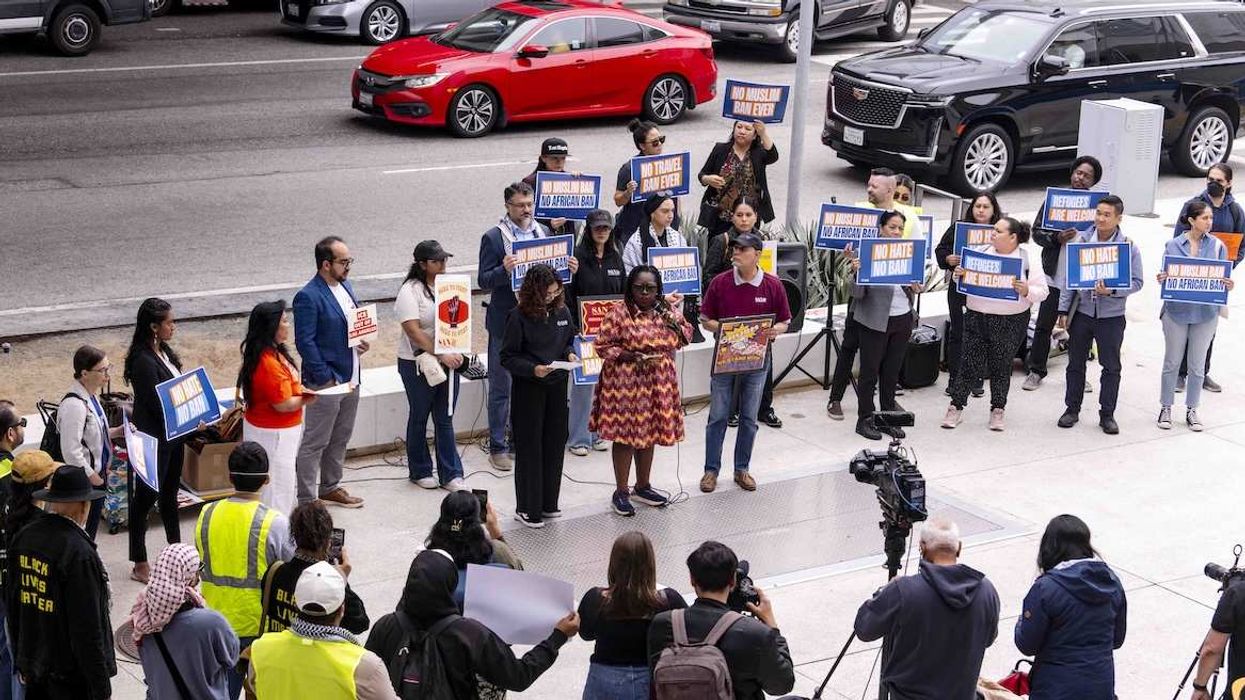South Korea’s top diplomat visits China
South Korea's Foreign Minister Park Jin traveled to China this week for meetings with his Chinese counterpart, Wang Yi – the first such high-level visit since Yoon Suk-yeol became South Korea’s new president earlier this year. They had plenty to discuss. China wants Yoon to keep his predecessor’s promises not to expand the use of a US missile defense system, not to join a US-led global missile shield, and not to create a trilateral military alliance that includes Japan. China also wants South Korea to stay out of a computer chip alliance involving Taiwan and Japan. South Korea, meanwhile, wants China to understand that it values Beijing as a top trade partner and wants to build stronger commercial ties. Yoon notably refused to meet US House Speaker Nancy Pelosi during her uber-controversial trip through Asia last week. But he’s also made clear that his predecessor’s commitments to Beijing are not binding on his government. The long-term economic and security stakes are high, but we will also be watching to see if South Korea has persuaded China to relax restrictions on the access of Chinese citizens to K-Pop, the South Korean pop music phenomenon. Seoul needs durable commercial relations with Beijing, and millions of Chinese music lovers need their South Korean boy bands.
Remain in Mexico no more!
The Biden administration has officially ended the so-called “Remain in Mexico” policy, a Trump-era measure that required migrants seeking asylum in the US to await their fate south of the border. Asylum processing can take years, and immigration advocates had long criticized the policy because of the high levels of crime and violence that asylum-seekers face while waiting in Mexico rather than in the US. President Joe Biden tried to stop the “Remain in Mexico” when he first took office, arguing it drained resources from broader border control operations, but he was blocked by a district judge. The US Supreme Court later overturned that judge’s ruling, opening the way for the discontinuation of the policy. Separately, courts continue to block the Biden Administration’s bid to scrap Title 42, a Trump-era pandemic rule that allows border officials, on public health grounds, to expel migrants without giving them a chance to apply for asylum at all. During the current fiscal year, US authorities have already encountered more than 1.7 million migrants at the southwest border, the highest number on record.
Will China eat Taiwanese porcupine?
As China continued its large-scale military drills around Taiwan as payback for Nancy Pelosi's visit, Taipei responded Tuesday by launching its own two-day exercise simulating a Chinese invasion. The maneuvers, which were planned months before, aim to show the Taiwanese military is ready to defend the island from an attack by China. Meanwhile, Beijing is extending its drills near Taiwan, and this is disrupting air travel and trade in the Taiwan Strait, one of the world's busiest waterways. China is signaling to Taiwan that it's ready to invade, while Taipei is letting China know it’ll be its porcupine – as in “you can hurt us, but we will also hurt you.” Taiwan is also warning other countries they could be next: Taipei says Beijing's next move will be to kick Japan out of the disputed Senkaku/Diaoyu islands to control the East China Sea and link it to the (also disputed) South China Sea via the Taiwan Strait.
This comes to you from the Signal newsletter team of GZERO Media. Subscribe for your free daily Signal today.


















